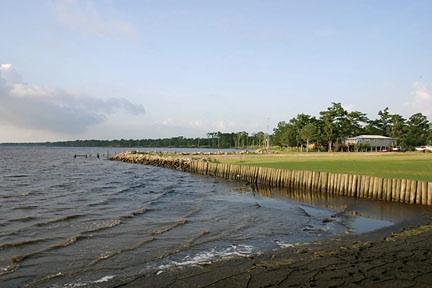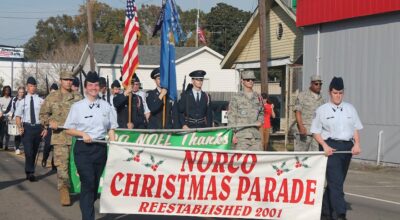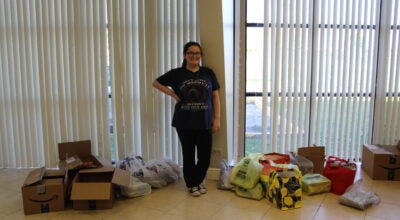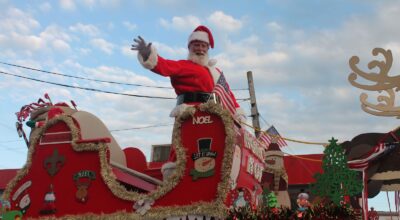Frenier’s German culture shapes local history
Published 12:03 am Wednesday, July 27, 2022
|
Getting your Trinity Audio player ready...
|
FRENIER — France is a notable part of Louisiana’s history and culture, seen everywhere from local cuisine to the Cajun French language still spoken today. However, a lesser-known part of Louisiana’s history began in Frenier, a community that was once made up of German settlers.
Frenier, located in St. John the Baptist Parish, was once known as Schlösser, named after German immigrant Martin Schlösser.
“They came here in the 1700s and they landed over on the east bank of the river and they lived over there for quite a while,” said Wayne Norwood, owner of the Louisiana Treasures Museum. “And then they broke up and some of them moved to St. John and settled along Lake Pontchartrain there.”
The Schlössers had difficulty keeping up with the timber industry, and instead found another lucrative industry that they had the upper hand in: sauerkraut.
“They’d go out in the swamp and they would dig trenches, big trenches, maybe four or five feet wide, and all the water from the swamp would go into the ditches that they dug, and they would pump it out and that’s where they would grow their cabbage,” Norwood said.
In 1854, a railroad was built through the area, and the Schlössers were able to export their cabbage not just to New Orleans, but all the way to Chicago, Illinois.
“The train would stop and they would pick up all of the cabbage and they would sell it in Chicago,” Norwood said. “They had a dealer in Chicago and he would send them the money back.”
Frenier was a very tight-knit community of German settlers, and when the New Orleans Hurricane of 1915 destroyed the area, much of the German heritage there was lost.
“When they moved here almost everything was in French. The newspaper, everything was all in French,” Norwood said. “They spoke German, but they stayed like a community and when the storm hit every house was destroyed except one.”
The Louisiana Treasures Museum, located in Ponchatoula, houses many artifacts from the German families that settled in Frenier.
Norwood has also written a book, “The Day Time Stood Still: The Hurricane of 1915,” which tells the story of a storm survivor, Helen Schlosser Burg.
“I know where every house was, who lived in the houses, the names of the people that lived there, all their kids’ names, and what they did for a living, and I have a lot of that in the book,” Norwood said.
The Louisiana Treasures Museum is located at 10290 LA-22, Ponchatoula, LA 70454. “The Day Time Stood Still: The Hurricane of 1915” is sold at the museum, and can also be purchased online at https://www.amazon.com/Day-Time-Stood-Still-Hurricane/dp/1515309517.






